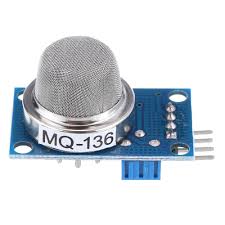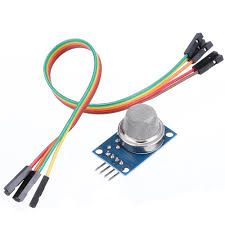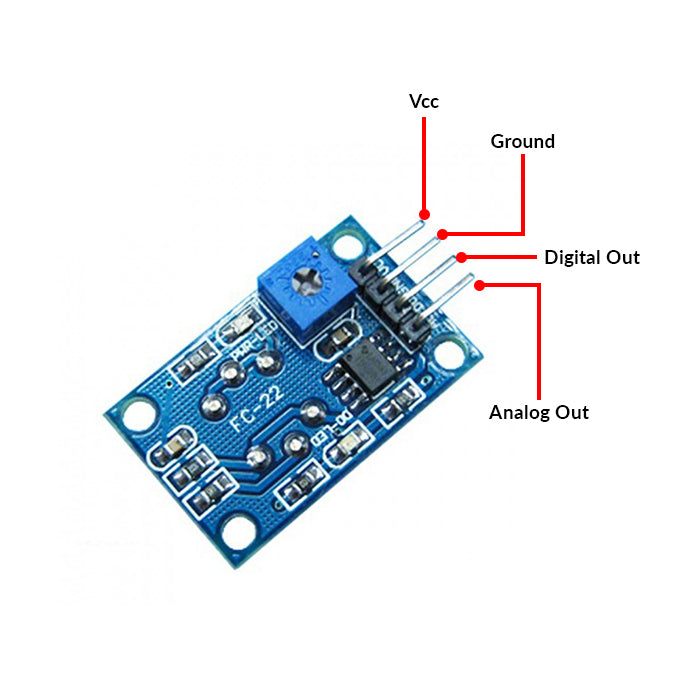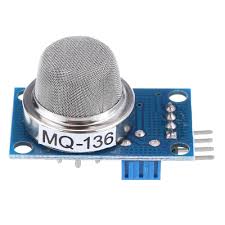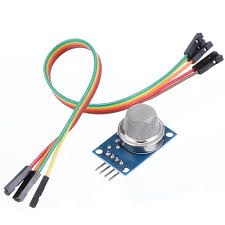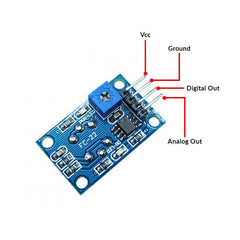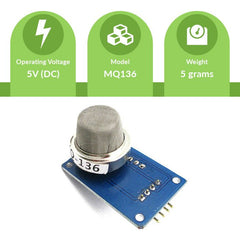MQ-136 Hydrogen Gas Sensor For Hydrogen Sulfide Detector Module
MQ136 Gas Sensor can be used to monitor the concentration of Hydrogen Sulfide gas. This Module simplifies using the MQ-136 gas sensor by providing digital as well as analog output which can be interfaced with Microcontrollers, Arduino, and Raspberry pi.
The sensitive material of the MQ136 gas sensor is SnO2, which with lower conductivity in clean air. When the target Hydrogen sulfide gas exists, the sensor’s conductivity is higher along with the Hydrogen sulfide concentration rising.
Please use a simple electric circuit, Convert the change of conductivity to the corresponding output signal of gas concentration. MQ136 gas sensor has a high sensitivity to Hydrogen sulfide, Low sensitivity to other combustible gas. It is at a low cost and suitable for different applications.
Applications:
- Domestic Hydrogen sulfide detector
- Industrial Hydrogen sulfide detector
- Portable Hydrogen sulfide detector
- Gas leak monitoring device suitable for home or factory, suitable for liquefied gas, butane, propane, methane, alcohol, hydrogen, smoke, and other monitoring devices.



